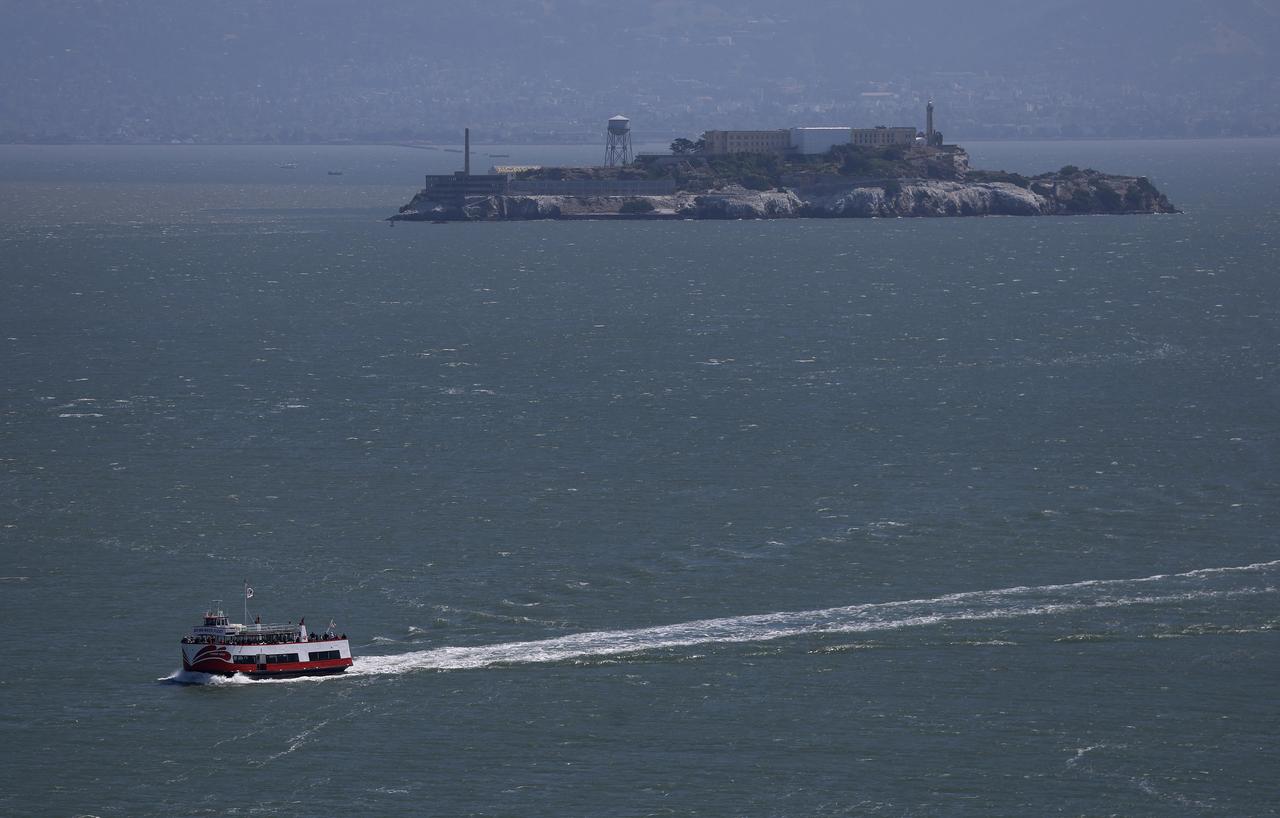
In a bold move reflecting his tough-on-crime agenda, U.S. President Donald Trump has directed the federal government to reopen and expand Alcatraz, the infamous former federal penitentiary that has been shuttered for more than six decades.
The announcement, made through his Truth Social platform, signals another significant shift in the administration's approach to incarceration and immigration enforcement.

President Trump announced his plans Sunday evening, writing that "For too long, America has been plagued by vicious, violent, and repeat criminal offenders, the dregs of society, who will never contribute anything other than misery and suffering." He continued by stating that he was "directing the Bureau of Prisons, together with the Department of Justice, FBI, and Homeland Security, to reopen a substantially enlarged and rebuilt ALCATRAZ to house America's most ruthless and violent offenders."
The president later elaborated on his reasoning when returning to the White House Sunday night, explaining that the idea stemmed from frustrations with "radicalized judges" who have insisted on due process for deportees. He described Alcatraz as having "long been a symbol of law and order" with "quite a history."
This directive represents the latest development in Trump's broader initiative to overhaul federal incarceration and immigration detention policies. The Bureau of Prisons responded in a statement that the agency "will comply with all Presidential Orders," though they did not address questions regarding the practicality or feasibility of reopening the facility.
Alcatraz Island, situated in San Francisco Bay approximately 1.25 miles offshore from San Francisco, has a rich and complex history. The federal prison operated there from 1934 to 1963, earning notoriety for housing some of America's most dangerous criminals.
Known as "The Rock," Alcatraz was considered virtually inescapable due to the strong ocean currents and frigid Pacific waters surrounding it. During its 29-year operation as a federal penitentiary, it housed notorious criminals including gangster Al Capone and George "Machine Gun" Kelly.
Despite its reputation for being escape-proof, 36 men attempted 14 separate escapes during the prison's operational years, according to FBI records. Most were either captured or did not survive their attempts. The fate of three particular inmates—John Anglin, his brother Clarence, and Frank Morris—remains a subject of debate and was dramatized in the 1979 film "Escape from Alcatraz" starring Clint Eastwood.
The prison was closed in 1963 primarily due to deteriorating infrastructure and the prohibitive costs of repairs and supplies, as everything from fuel to food had to be transported to the island by boat. Since its closure, Alcatraz Island has been transformed into a major tourist destination operated by the National Park Service and is designated as a National Historic Landmark.
Reopening Alcatraz as a functioning prison would present numerous logistical and financial challenges. Bringing the facility up to modern correctional standards would require massive investments at a time when the Bureau of Prisons has been closing other facilities due to similar infrastructure problems.
Former House Speaker Nancy Pelosi, whose California district includes Alcatraz Island, questioned the practicality of the president's plan, stating, X: "It is now a very popular national park and major tourist attraction. The president's proposal is not a serious one."
The federal prison system already operates 16 penitentiaries that serve the same high-security functions that Alcatraz once did, including the maximum-security facility in Florence, Colorado, and the U.S. penitentiary in Terre Haute, Indiana, which houses the federal death chamber.
This directive comes amid a series of controversial detention and incarceration initiatives from the Trump administration. The president has been engaged in legal disputes with courts as he attempts to send accused gang members to a maximum-security prison in El Salvador without due process. He has also proposed sending some federal U.S. prisoners to the Terrorism Confinement Center, known as CECOT—a legally questionable proposition.
Additionally, Trump has ordered the establishment of a detention center at Guantanamo Bay, Cuba, designed to hold up to 30,000 individuals he has described as the "worst criminal aliens."
These initiatives come at a challenging time for the federal prison system. The Bureau of Prisons has faced numerous crises in recent years, including increased scrutiny following Jeffrey Epstein's suicide at a federal jail in New York City in 2019. Investigations by The Associated Press have uncovered significant problems within the system, including widespread criminal activity by employees, numerous escapes, chronic violence, deaths, and severe staffing shortages that have hampered responses to emergencies.
The agency is currently operating with a recently installed director and a redefined mission that includes accommodating thousands of immigration detainees under an agreement with the Department of Homeland Security. While several facilities were closed in 2024, partly to reduce costs, the Bureau is simultaneously constructing a new prison in Kentucky.
As this story develops, questions remain about the practical implementation of the president's directive and its implications for both the federal prison system and the future of one of America's most recognizable historical landmarks.